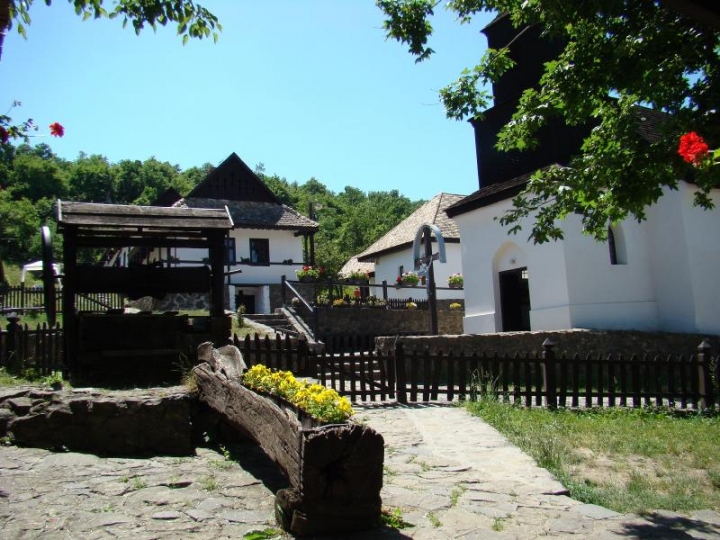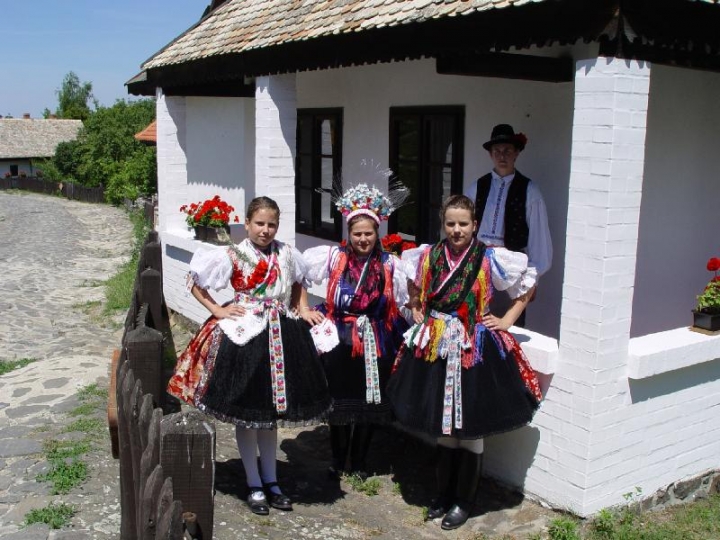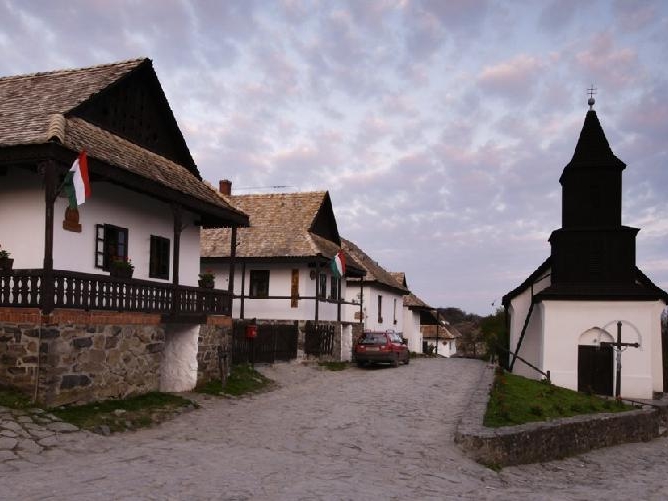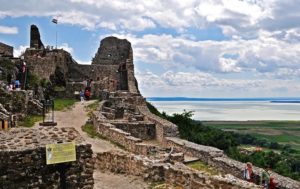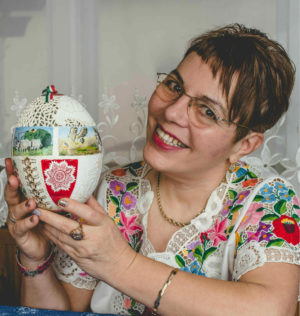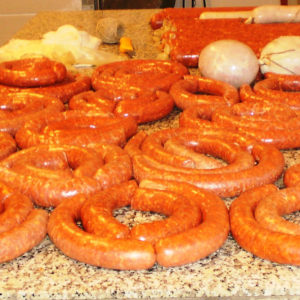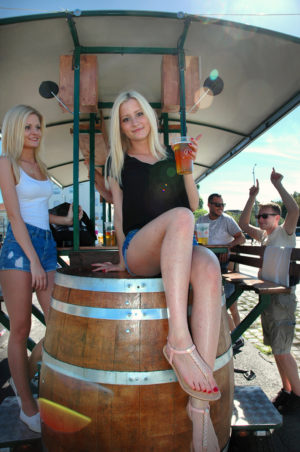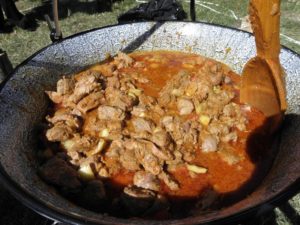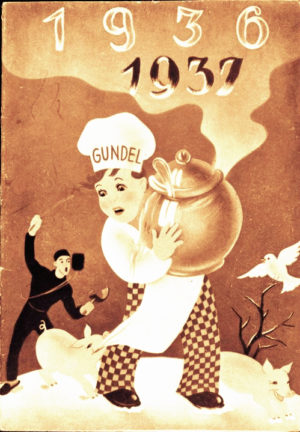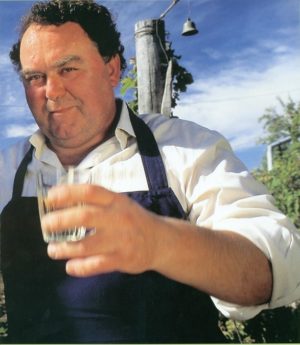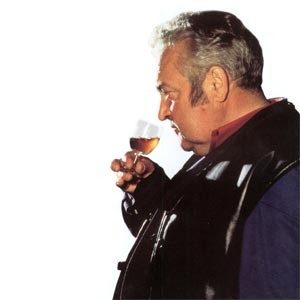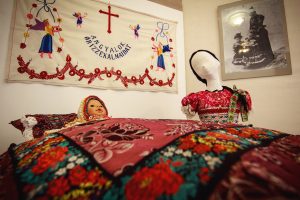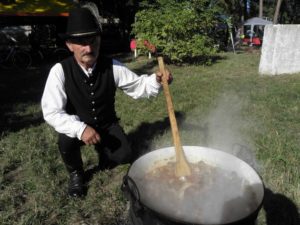Hollókő Ófalu and its surroundings
Hollókő and its surroundings became a World Heritage Site in 1987 as Hungarian territory and the first village in the world. The village is located in the Cserhát Mountains in central Nógrád County. The 67 protected houses of the Ófalu (Old Village) spread a traditional milieu, reviving the history every day.
If you are curious about the conditions of the “palóc” lifestyle, you definitely should visit this village, since there are no other places in Hungary, where a heritage of this kind has survived.
A street with many cultural heritage
Hollókő is a characteristic one-street village, the basic structure is the line of houses on either side of the main street. In the palóc settlements, large families were building on a single plot, and if there was a significant increase of the family, a new building was erected behind the first house overlooking the street.
These protected houses evoke a village image that is nearly 300 years old, but these actual buildings are little bit younger; the typical white farmhouses with porches were rebuilt after a fire in 1909.
The village has nearly 400 inhabitants, the houses are under historical preservation. They are still used as homes, but they serve touristic purposes too: you can visit exhibitions, produce and buy handicrafts, and immerse yourself in the enjoyment of palóc gastronomy. It is particularly popular during the Easter holidays , when traditional watering is an essential part of the fun, not with cologne, but with buckets of water!
The oldest house in the village is a village museum, where you can get an insight into the life of a big family from Central Hungary from the time, when palóc culture was truly alive. In addition to traditional utility, ornaments and furniture, the interior, which revives the times of 100 years ago, offers classic hand tools for farming.
Among the buildings stands out the small roman catholic church, which was built in 1889, and is a symbol of Hollókő. The building’s special feature is that no nails were used for its wooden tower.
The legend of Hollókő
On the outskirts of the village there is a statue depicting a raven sitting on a stone. (Holló means raven, kő = stone). According to legend, a man named András Kacsics kidnapped his neighbor’s wife and locked her in a castle that was under construction. But the woman’s nanny, who was a “witch,” freed her through her covenant with the devil. According to the agreement, the devil’s sons turned into ravens, and they demolished the fortification stone by stone. The ravens made a new castle out of these stones on a nearby basalt rock, which is why they named it Hollókő.
According to another legend, Mátyás Hunyadi (king of Hungary in the 15th century) visited the village with his son, János Corvin. The boy was playing in the yard with a golden ring, when a raven took the jewel away from him, and the royal ring became the “raven’s stone”.
Hollókő and its surroundings
The village that can be reached by road from the direction of Szécsény via highway 21, is surrounded by the 141-hectare Hollókő Protected National Area, with rich and unique wildlife, bird and flora, for which several educational trails have been created. The material of the Castle Tour trail, Raven Trail and The Bottom of Gardens trail not only teaches you about the flora and fauna of the area, but also focuses on presenting the area around Hollókő as a cultural site.
Photo:
https://www.holloko.hu



